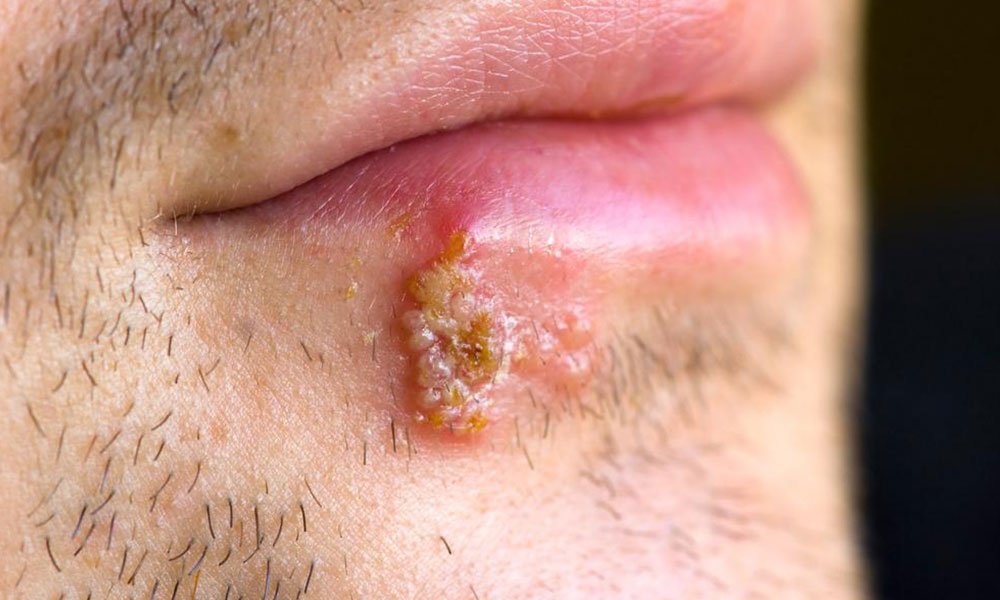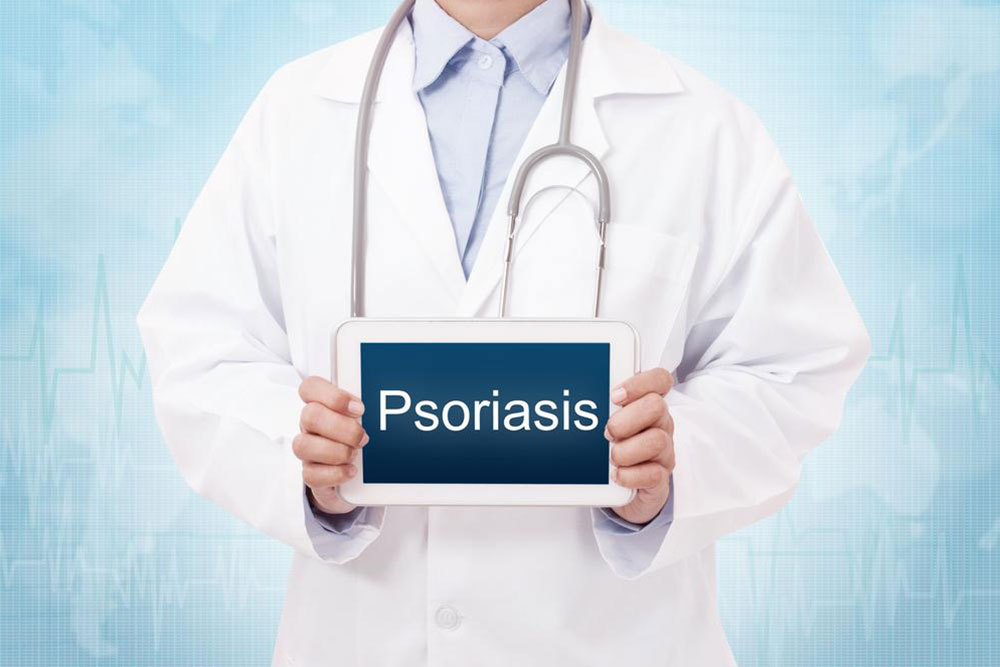Everything You Need to Know About Blisters: Causes and Quick Relief Tips
This article explores common causes of blisters, such as friction, extreme temperatures, and insect bites. It offers practical tips for speeding up healing, including keeping blisters dry, maintaining hygiene, and saline soaks. Understanding how to manage and treat blisters can help reduce discomfort and prevent complications.

Everything You Need to Know About Blisters: Causes and Quick Relief Tips
Blisters are small, pocket-like skin formations filled with fluid, appearing almost anywhere on the body. They often cause itching and minor discomfort. Common causes include:
Friction from footwear – Tight shoes or sandals that rub against the skin are primary causes, especially in areas prone to friction.
Temperature extremes – Excessive heat or cold can damage skin tissue, leading to blister formation. Touching hot surfaces or handling frozen items may result in burns or damage that slow healing.
Insect bites – Bites from insects such as fleas or bedbugs can cause clusters of blisters. While many are harmless, some require medical treatment.
Managing persistent blisters can be challenging. Here are effective ways to promote healing and comfort:
Expose to air – Keep blisters intact whenever possible to speed recovery. Protect from water to prevent infection.
Maintain hygiene – If a blister ruptures, clean thoroughly with antiseptic, apply an antibiotic ointment, and cover with a clean bandage to avoid infection.
Saline soaks – Soaking the area in warm saline helps reduce swelling and softens dead skin. Do this twice daily for best results.
If the blister worsens or shows signs of infection, consult a healthcare professional promptly.


